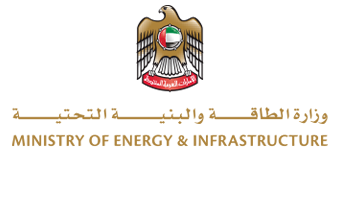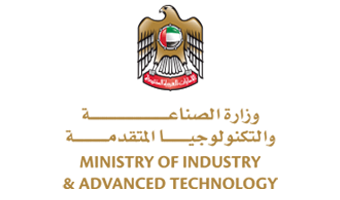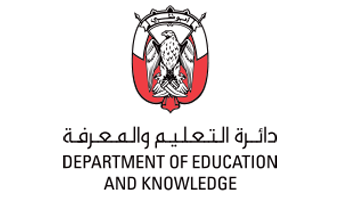The energy transition is progressing, with national policies embedding decarbonisation into industrial strategy and capital flowing towards projects with clear line-of-sight returns.
For this stage of energy transformation, the stakes and the timeline have changed. Infrastructure decisions made now will set technology pathways, market standards and value chains for decades. Leaders who can master whole-of-economy collaboration will secure competitive advantages that late movers may never recover.
The question is no longer whether to collaborate but whether we can build the right partnerships, on viable commercial terms, fast enough.
Beyond traditional partnerships
One-to-one industry partnerships remain essential but must be complemented by cross-sector collaboration. The energy transition demands structured collaboration among upstream energy producers, manufacturing, utilities, technology providers, financiers and policymakers to solve challenges that cross every sectoral and national boundary.
Cross-border energy integration demonstrates what becomes possible when countries think beyond national limits. The European Union’s interconnected grid balances renewables across weather patterns and demand cycles. In Africa, neighbouring countries are exploring continental power pooling to unlock solar and wind potential. In Southeast Asia, Petroliam Nasional Bhd is a key partner in the Vietnam-Malaysia-Singapore power collaboration, which aims to enable renewable generation in Vietnam, transmission through Malaysia and a clean, reliable supply to Singapore.
Yes, these arrangements multiply commercial value. But they also build the infrastructure for trust, which is absolutely critical for larger, more ambitious infrastructure projects.
Learning advantage and infrastructure of trust
Companies and countries that collaborate effectively learn faster than competitors. Collaboration helps avoid mistake duplication, shares technology deployment costs and extends trust networks that unlock private capital.
An example of the need and impact of this type of multipronged collaboration can be found in carbon capture and storage (CCS). Once limited to isolated lighthouse projects, there are now nearly 700 developments globally. Success for CCS projects requires regulatory alignment and shared infrastructure investments, impossible for any single company to orchestrate alone, which is why the most successful CCS ventures operate as consortiums, sharing both risk and insights.
Methane emission reduction offers another example of the power of partnership. The Southeast Asian Methane Leadership Programme has successfully enhanced the capacity of oil and gas operators to monetise fugitive emissions. The latest efforts are focused on preparing emission abatement projects for funding. The region’s first methane emissions technology evaluation centre, Southeast Asia METEC, will allow technology providers to validate their technologies while reducing deployment risks, and accelerating adoption timelines.
What distinguishes these successes is trust, built on aligned incentives and shared accountability. Forums like the Abu Dhabi International Petroleum Exhibition and Conference (ADIPEC), a global energy sector event on whose executive committee I sit, serve as infrastructure for this trust by facilitating the formation of relationships, shared visions and joint ventures critical to transformative collaboration.
Highlighting the finance and investment needs of emerging economies, ADIPEC also helps to enable the scale of private capital flows needed for a global energy transition, which is estimated to require US$5.6 trillion (RM23.6 trillion) annually until 2030.
Seizing the moment
The next 1½ years will largely determine whether the energy transition advances through strategic partnerships or fragments into slower, costlier competition. The aim should be faster technology deployment, lower costs through shared infrastructure, access to larger markets and resilience built on diversified partnerships.
For Malaysia and Southeast Asia, the opportunity is not just to participate but to help set the regional and global rules of the game. Collaborative leadership now will shape the standards, infrastructure and value chains of the next energy era — ensuring our competitiveness for decades to come.
Charlotte Wolff-Bye is vice-president and group chief sustainability officer at Petroliam Nasional Bhd. She is an executive committee member of the Abu Dhabi International Petroleum Exhibition and Conference 2025.
Source: The Edge Malaysia
















